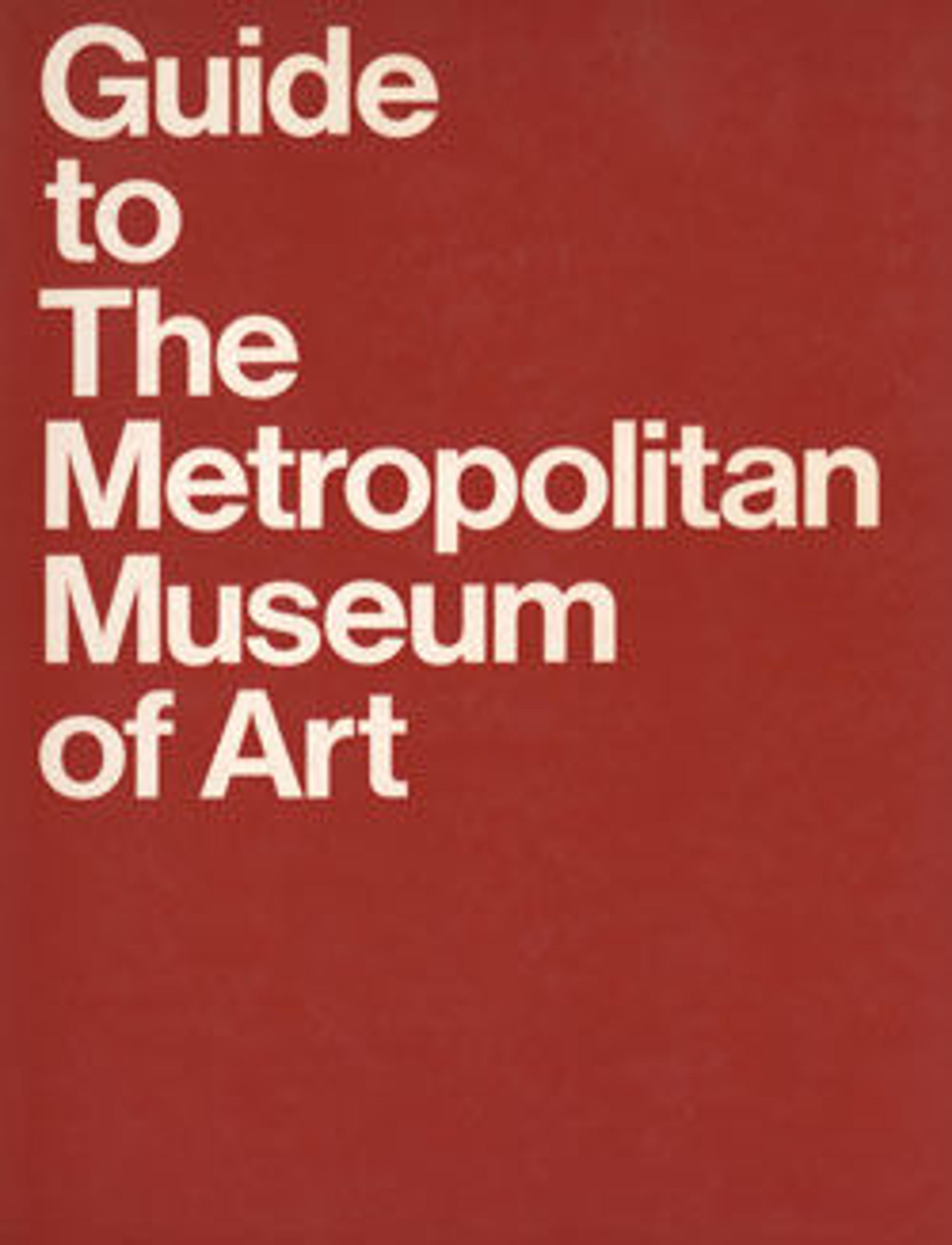Standing Nude
This drawing is one of three by Matisse donated to The Met in 1910 by Florence Blumenthal, wife of Museum Trustee and future Museum president George Blumenthal. Purchased from Matisse’s second show at "291" for twenty dollars apiece, they were offered to The Met and became the institution’s first works by the artist (see also 10.76.1 and 10.76.2). They were, in fact, also the first works by the artist to enter any American museum. As the Blumenthals were major collectors of medieval and Renaissance art, their purchase of these modernist works—apparently, the only ones they ever made— suggests the behind-the-scenes prompting of some influential art figures: Bernard Berenson, the Renaissance art scholar and defender of Matisse’s work; Alfred Stieglitz, who later used the same tactic to introduce photography into The Met’s collection; and Eugene Meyer (brother of Florence Blumenthal), who with his wife, Agnes, were major patrons and supporters of Stieglitz and his gallery.
Artwork Details
- Title: Standing Nude
- Artist: Henri Matisse (French, Le Cateau-Cambrésis 1869–1954 Nice)
- Date: 1908–9
- Medium: Graphite on paper
- Dimensions: 12 1/8 × 9 1/4 in. (30.8 × 23.5 cm)
- Classification: Drawings
- Credit Line: Gift of Mrs. Florence Blumenthal, 1910
- Object Number: 10.76.3
- Rights and Reproduction: © 2025 Succession H. Matisse / Artists Rights Society (ARS), New York
- Curatorial Department: Modern and Contemporary Art
More Artwork
Research Resources
The Met provides unparalleled resources for research and welcomes an international community of students and scholars. The Met's Open Access API is where creators and researchers can connect to the The Met collection. Open Access data and public domain images are available for unrestricted commercial and noncommercial use without permission or fee.
To request images under copyright and other restrictions, please use this Image Request form.
Feedback
We continue to research and examine historical and cultural context for objects in The Met collection. If you have comments or questions about this object record, please contact us using the form below. The Museum looks forward to receiving your comments.
